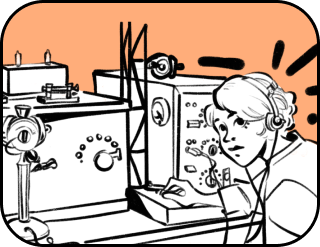Synchronotron, frisson, and range
— Knock-knock!
— Who’s there?
— Open up! It’s me, your pleasure.
According to scientists, this is how a human brain converses with a sound wave in theta rhythm, which, according to researchers, causes “goosebumps” throughout the human body. By the way, this phenomenon has its scientific name – “frisson.” Do musicians know when they compose music how it affects the human body, or do they write musical works based on this knowledge?
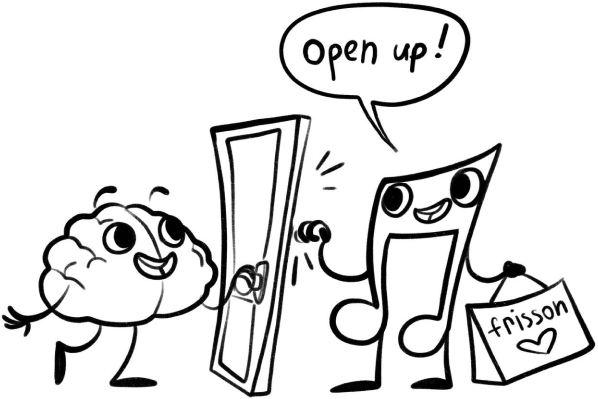
Let’s try to understand in which cases and under what music our body is covered with waves of euphoria, in which it contracts in horror, in which it relaxes, and in which it is ready to buy everything in its path.
There are several scientific studies, each of which can explain musical phenomena. Some scientists claim that “goosebumps,” also known as “waves of bliss,” run from a specific frequency of sound waves. It is the theta range that is capable of activating the pleasure zone in the brain, affecting the limbic system.
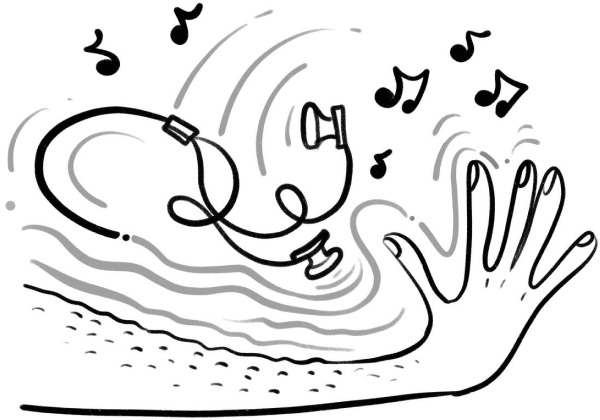
If music coming from headphones and speakers can trigger dopamine release, then what can be said about live, instrumental music, which has no barriers like wires and noise cancellation? Remember how you were captivated by the sounds of an orchestra at a concert, how a simple performance by a street musician suddenly caused a surge of joy out of nowhere. This happened because the impact of the sound waves of live music has a particularly strong influence on humans.
Live music has even been compared to alcohol or drug intoxication because such music directly affects the amygdala of the brain, linking a person’s emotional experiences to their auditory system.

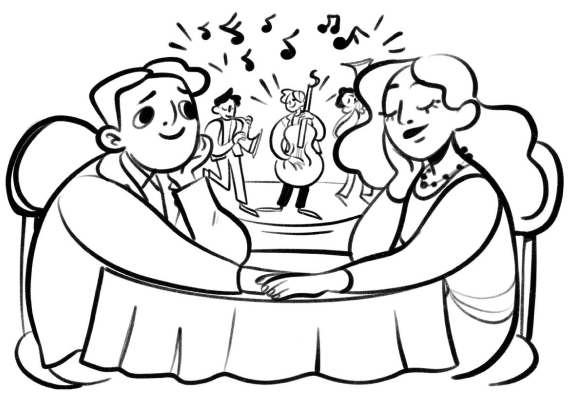
It’s interesting how in movies, the main character often takes their partner to a restaurant with live music to sign important documents or make a proposal. And it’s not a coincidence. The amygdala releases phenylethylamine when people fall in love. So, if a meeting between a man and a woman who like each other is accompanied by high-frequency music, there’s a good chance the relationship will continue.
Another interesting fact scientists discovered concerns the influence of music on sadness and even depression. Most people feeling down listen to sad music to feel better. You’d think such melodies would plunge a person deeper into depression, but experiments showed that subjects actually became happier and more relaxed, both physically and emotionally.
This is because such music stimulates the release of serotonin and oxytocin in the body. Sad music, it turns out, replaces a friend, providing support and comfort. Dynamic and active music, on the other hand, irritated subjects, making them want to end the experiment.
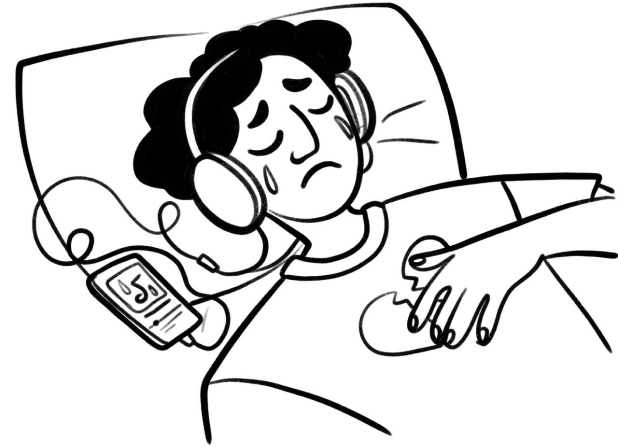
Indeed, music is a truly powerful tool, capable not only of healing by bringing people back to memorable moments, freeing them from depressive episodes, providing pleasure, and boosting morale, but also capable of frightening and, in some sense, destroying.
For example, in thrillers and horror movies, they often often use music that resembles screams, crashes, gunfire, or screeches. This rhythm of sound waves is called “infrasound.” Such a frequency affects the visual area, evoking fear and images threatening our lives.
It is possible to intensely experience frisson or horror from music for people with rich imagination and high emotional sensitivity because music can create images or evoke memories of past experiences.
If memories of first love or a traumatic event were accompanied by music, a person can easily be transported back to those memories and relive them as if they were happening again. Therefore, people with high emotional sensitivity can be influenced quite easily, even through the tone of voice.

There’s also an interesting study about music increasing purchasing power and brand loyalty. When you enter a store and hear calm, melodic music, it suggests relaxation, conveying the message: “Everything is fine. Take your time, enjoy browsing, no one is rushing you, you’re free to choose. When you’re ready, take the item you’ve chosen and proceed to pay for it at the checkout.” This approach encourages people to return to the store again and again. It creates a positive psycho-emotional connection between the person and the brand.
Fast and active music, on the other hand, stimulates the nervous system for quick decision-making: “Take it! Buy it! Don’t hesitate!” Dynamic music can either push towards a purchase or cause aversion to visiting the establishment.
According to the theory of sensory marketing, there are five ways to attract a buyer: pleasant smell, visual appeal, taste, tactile sensation, and auditory pleasure. Seventy percent of shoppers pay attention to the music played in stores or advertisements. If the music is very simple, consisting literally of a few notes, it easily sticks in the mind, and when the brand is mentioned, the melody immediately plays in one’s head. For example, like “Always Coca-Cola,” you probably not only pictured the logo and felt its taste but also reproduced the melody. Many giant companies use this technique, creating a strong connection between their brand and people’s subconscious, thereby increasing purchasing power and winning audience loyalty.
In reality, sound design is much broader than described in this article. It’s tailored for each brand individually, depending on the consumer’s class and age, the direction of the establishment, and its specifics, even considering the most visited times during the day. All of this is done to create an emotional-associative link between a person and a specific brand, thus helping the person become a regular customer.
So, if you walk into a store or any other establishment and suddenly get “goosebumps” from the music playing, it means that the frequency range is within the theta waves and is influencing the pleasure area of your brain.
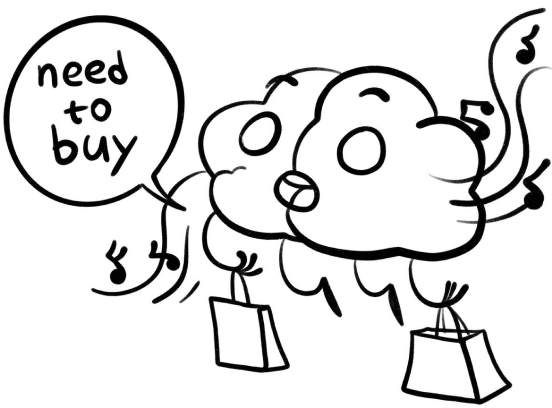
The influence of music on people is vast and boundless, partly because there are waves of different frequencies and vibrations that have various effects on the brain’s functioning and on a person’s psycho-emotional states. If you leave a concert feeling drained and exhausted, it might not be because of you but because of the music played at low frequencies. Modern pop music artists often actively use infrasound, which, in turn, can induce anxiety, emptiness, and unconscious fear.
If you want to enjoy life, fall in love, rejoice, and heal, choose music with medium and high frequencies, as such music stimulates the brain to produce various hormones of euphoria and happiness. This includes classical, neoclassical, and simply beloved tracks.
— A minor… G sharp… Shall we play?
Shall we paint with pastel shades?
— Or add brighter colors?..
Or amplify the sounds?..

The cell divides into the nucleus and cytoplasm. Our journal divides into interesting facts and discoveries.
Thank you!




